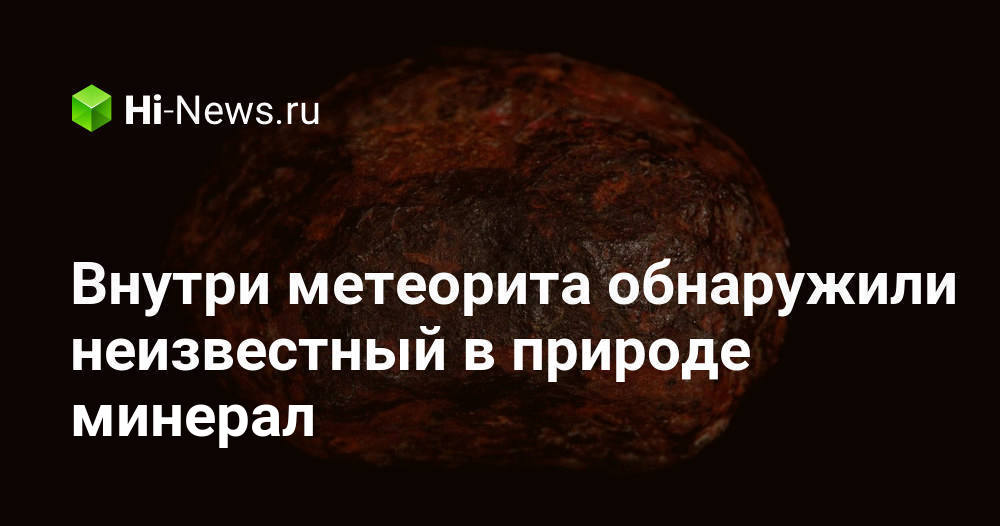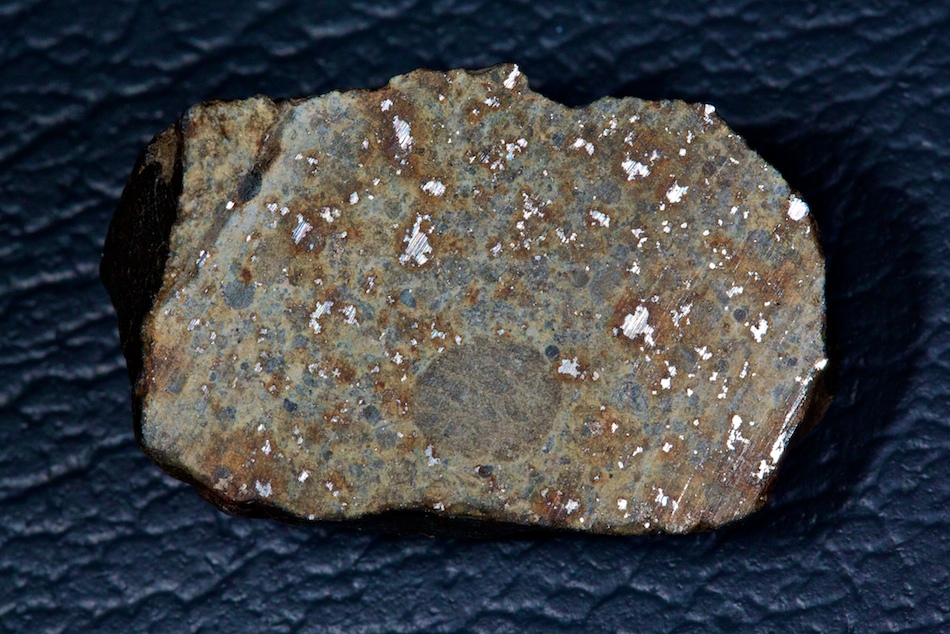

(Image credit: Karl Tate, contributor) (opens in new tab) Learn why famous meteor showers like the Perseid meteor shower and Leonids occur every year. If you want more advice on how to photograph the Persied meteor shower, check out our how to photograph meteors and meteor showers guide and if you need imaging gear, consider our best cameras for astrophotography and best lenses for astrophotography. You don't need any telescopes or binoculars as the secret is to take in as much sky as possible and allow about 30 minutes for your eyes to adjust to the dark. To best see the Perseids, go to the darkest possible location and lean back and relax. The meteor shower gets its name from the constellation it radiates from, the constellation is not the source of the meteors. Though Perseus isn't the easiest to find, it conveniently follows the brighter and more distinctive constellation Cassiopeia across the night sky. According to NASA, the Perseids' radiant is in the Perseus Constellation. To find the Perseid meteor shower, it's a good idea to look for the point in the sky where they appear to originate from, this is known as the radiant. You can see the Perseid meteor shower best in the Northern Hemisphere and down to the mid-southern latitudes, and all you need to catch the show is darkness, somewhere comfortable to sit and a bit of patience. From Earth's perspective, the Perseids appear to come approximately from the direction of the Northern Hemisphere constellation Perseus. Meteor showers are named after the constellation from which the meteors appear to emanate. Visible between: :Latitudes 90 and -35 degrees Where can you see the Perseid meteor shower? When you sit back to watch a meteor shower, you're actually seeing the pieces of comet debris heat up as they enter the atmosphere and burn up in a bright burst of light, streaking a vivid path across the sky as they travel at 37 miles (59 kilometers) per second, according to NASA. It last passed near Earth during its orbit around the sun in 1992, and the next time will be in 2126.

The next pass, in 2126, could make it a naked-eye comet similar in brightness to the 1997 Hale-Bopp comet - providing that predictions are correct.Ĭomet Swift-Tuttle is the largest object known to repeatedly pass by Earth its nucleus is about 16 miles (26 kilometers) wide. When it last made a pass by Earth in 1992, it was too faint to be seen with the naked eye.

Swift-Tuttle was discovered independently by two astronomers, Lewis Swift and Horace Tuttle, in 1862. If you take a cool photo of the 2022 Perseid meteor shower let us know! You can send images and comments to beloved, annual sky spectacle is caused by the comet Swift-Tuttle. Most of the fragments are visible when they are about 60 miles (97 kilometers) from the ground. Peak temperatures for Perseids are more than 3,000 degrees Fahrenheit (1,650 Celsius) as each fragment travels through the atmosphere and both compresses and heats the air in front of it. Almost none of the fragments hit the ground, but if one does, it's called a meteorite. Most of the Perseids are tiny, about the size of a sand grain. This year, the peak of the Perseids will be affected by the full moon illuminating the sky.Ī typical Perseid meteoroid (which is what they're called while in space) moves at 133,200 mph (214,365 kph) when it hits Earth's atmosphere (and then they are called meteors). Even though the Perseids are especially bright, moonlight can make viewing a bit tricky. Last year, the moon was just a thin crescent and didn't obscure the view of the meteor shower too badly, but the moon's glow is a continuing concern for skywatchers looking for a clear view.


 0 kommentar(er)
0 kommentar(er)
